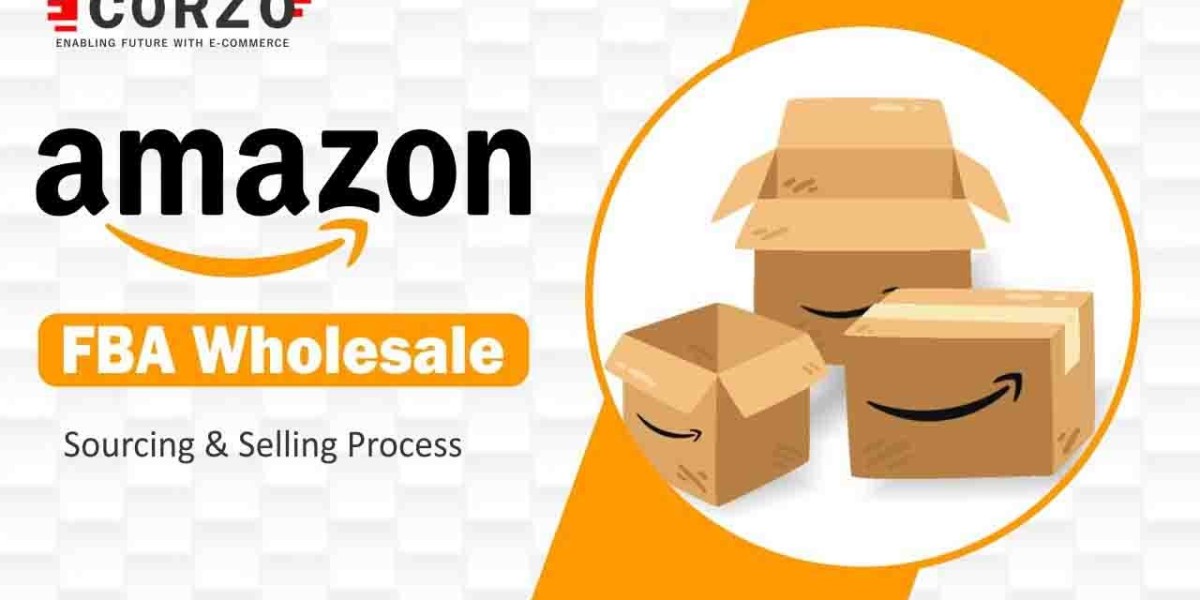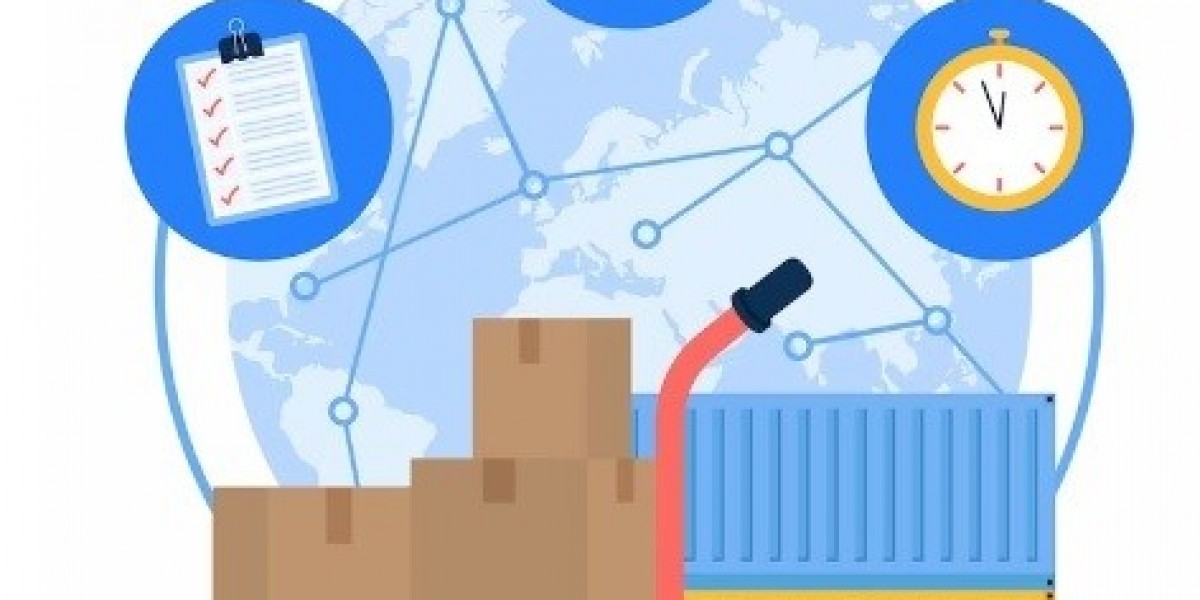Packing items for Amazon FBA requires attention to detail to ensure products reach customers in perfect condition. Start by using sturdy, high-quality packaging materials, such as corrugated boxes, bubble wrap, or packing paper, to protect items from damage. Label each product with a scannable FNSKU label, ensuring it is legible and correctly placed. Avoid using materials like shredded paper or biodegradable peanuts, as Amazon prohibits them. Seal boxes securely with strong tape and ensure the package weight and dimensions comply with Amazon’s FBA guidelines. Properly packed items enhance customer satisfaction and reduce the chances of returns or complaints.
Why Proper Packing Items for Amazon FBA
Before we dive into the specifics of Packing items for Amazon FBA, it’s important to understand why packaging matters. Amazon has stringent guidelines that sellers must follow, and failure to adhere to these can lead to delays, fines, or your products being returned or destroyed. Proper packaging not only protects your products during transit but also helps them stand out on Amazon’s shelves, making them less prone to damage while they’re being stored and fulfilled.
Additionally, correctly packed items will make the fulfillment process smoother for Amazon, which can lead to faster processing times, better customer satisfaction, and ultimately, more sales.
Step-by-Step Guide to Packing for Amazon FBA
Here’s a step-by-step breakdown of how to pack your products properly for Amazon FBA.
Understanding Amazon’s FBA Packaging Requirements
Before you start packing, it’s essential to familiarize yourself with Amazon’s FBA packaging requirements. Amazon has specific guidelines that you must follow to avoid any issues with your shipments. These guidelines cover various aspects of packaging, such as box size, weight limits, and labeling. Some key requirements include:
- Product Labeling: Each product you send to Amazon’s fulfillment centers must have a unique FBA barcode (either an Amazon barcode (FNSKU) or manufacturer barcode (UPC)). You can print the labels yourself or opt to have Amazon print them for a fee.
- Packaging Materials: Amazon requires that you use sturdy packaging materials such as corrugated cardboard boxes for shipping. You should also use appropriate padding materials to ensure your items are not damaged in transit.
- Weight and Size Limits: Amazon has size and weight limits for FBA items. For standard-size items, the maximum weight is 20 lbs, and the maximum size is 18” x 14” x 8”. For oversized items, the weight limit can be up to 150 lbs, with the maximum size being 108” in length and girth.
Select the Right Packaging Materials
The type of Packing items for Amazon FBA materials you choose will greatly impact the safety of your items and whether they meet Amazon’s standards. Here’s a rundown of the essential materials you’ll need:
- Boxes: Choose boxes that are strong enough to hold your products without bending or collapsing. Amazon recommends using new, unused boxes to ensure the safety of your items. Double-walled boxes are ideal for heavier products, while single-walled boxes work well for lighter items.
- Bubble Wrap: Use bubble wrap to protect delicate or fragile items. Be sure to wrap each item individually and ensure that the bubble wrap fits snugly around the product.
- Packing Paper: You can use packing paper or crinkle paper to fill empty spaces in the box and prevent your items from shifting during transit.
- Plastic Bags: Amazon requires that certain products be packed in clear plastic bags with suffocation warnings. These bags must be sealed tightly, and the warning label should be easily visible.
- Tape: Use strong packing tape to seal your boxes. Ensure the tape covers all seams and flaps to prevent the box from opening during shipping.
Labeling Your Products
Each product in your shipment must have a label, which includes a barcode that Amazon uses to identify your items. The two main types of barcodes used for FBA shipments are:
- FNSKU (Fulfillment Network Stock Keeping Unit): This is the Amazon-specific barcode that Amazon uses to track products. Each product in your shipment should have a unique FNSKU label.
- UPC (Universal Product Code): If you are using a manufacturer barcode (UPC), Amazon will use this to identify your products. However, you will need to register your product with Amazon’s catalog and ensure that the UPC is valid.
When labeling your products, be sure to follow these steps:
- Print the labels clearly and on adhesive paper.
- Place the labels directly on the product packaging. Make sure they are easily visible and not obstructed by other materials like shrink wrap or boxes.
- If you’re sending a case of products, the case should also be labeled properly with the appropriate shipping label.
How to Pack Different Types of Products
Not all products are created equal, and different types of products require different packing strategies. Here’s how to pack various product categories:
- Small Items: For smaller items such as electronics or jewelry, consider using small boxes or padded envelopes. Be sure to include enough padding material (like bubble wrap) to protect the items from damage.
- Large or Heavy Items: For larger products, use appropriately sized boxes that can accommodate the weight. Double-wall boxes are best for heavy products to prevent collapsing. You can also use pallets for particularly large or heavy shipments, but this requires special handling.
- Fragile Items: Fragile items, such as glass or ceramic products, require extra protection. Use thick bubble wrap and place the item in a box with adequate padding on all sides. It’s also a good idea to mark these boxes as “fragile” to alert Amazon staff.
- Clothing: Clothing items must be packed in transparent plastic bags to prevent them from getting dirty or damaged. Amazon requires that these bags have a suffocation warning label if the bag is larger than 5 inches on any side.
Organize Your Shipment
Once your products are properly packed and labeled, it’s time to organize them for shipment to Amazon’s fulfillment centers. Here are a few tips for organizing your shipment:
- Group Similar Items: If you’re sending multiple types of products, group similar items together in their boxes. This will make it easier for Amazon to process the shipment and reduce the chance of items being misplaced.
- Double-Check Your Shipment Plan: Before shipping, double-check your shipment plan on Amazon Seller Central. This will provide you with the necessary information on where to send your products and whether any items require special handling.
- Weigh and Measure Your Boxes: Weigh each box and measure its dimensions to ensure that you’re complying with Amazon’s size and weight requirements. If a box exceeds the maximum weight or size, it may be rejected.
Shipping Your FBA Products
Once your items are packed and ready to go, you’ll need to ship them to the fulfillment center. Amazon offers discounted shipping rates through partnered carriers, and you can choose your preferred carrier through Amazon Seller Central.
- Print Shipping Labels: Once your shipment is ready, print the shipping labels through your Seller Central account. Attach them to each box securely.
- Schedule Pickup: If you’re using a carrier like UPS or FedEx, you can schedule a pickup directly from your location. Alternatively, you can drop off your packages at a nearby shipping facility.
Final Thoughts
Packing items for Amazon FBA your products properly for Amazon FBA is an essential step that can make a big difference in the efficiency of your operations and customer satisfaction. By following Amazon’s guidelines and using the right materials, you ensure that your products arrive in great condition and are ready for fulfillment. Whether you’re selling small or large items, fragile or non-fragile, proper packaging and labeling are key to a smooth FBA experience.









